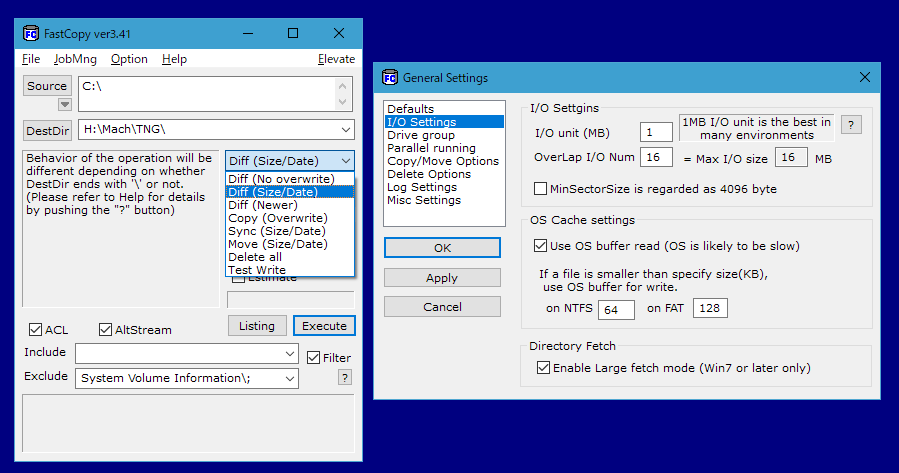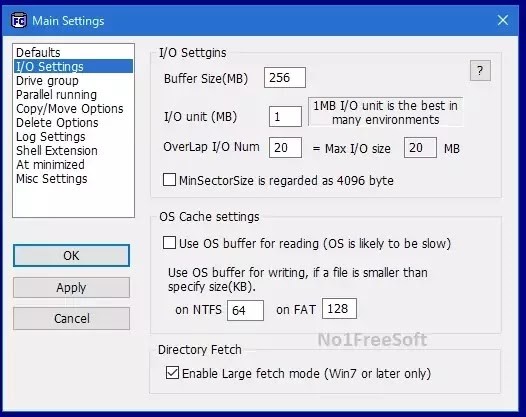


This new capability is a bit hidden, and in this article, I will show you how to exclude file extensions from cloud tiering for a server endpoint. Finally, Microsoft has enabled this capability starting with Azure File Sync agent version 13.0 and later. One of the most requested features by many users is to exclude file extensions (type) on a server endpoint from cloud tiering. When a user opens a tiered file, Azure File Sync seamlessly recalls the file data from Azure Files without the user needing to know that the file is actually stored in Azure.ĭo you want to have two layers of cloud tiering? So you can configure for example, after 30 days move to Hot Tier, and if not used after 180 days move to Cold Tier. For more information about the cloud tiering capability, please check the official documentation from Microsoft. With the date policy, cool files are tiered to the cloud if they haven’t been accessed (read or written to) for X number of days. The volume-free space policy tells Azure File Sync to tier cool files to the cloud when a certain amount of space is taken up on your local disk. When you enable cloud tiering, there are two policies that you can set to inform Azure File Sync when to tier cool files: the first one is volume-free space policy, and the second one is date policy. The reparse point represents a URL to the file in Azure Files. When a file is tiered, the Azure File Sync file system filter ( StorageSync.sys) replaces the file locally with a pointer, or reparse point.

Cloud tiering is an optional feature of Azure File Sync in which frequently accessed files are cached locally on the server while all other files are tiered to Azure Files based on policy settings.


 0 kommentar(er)
0 kommentar(er)
